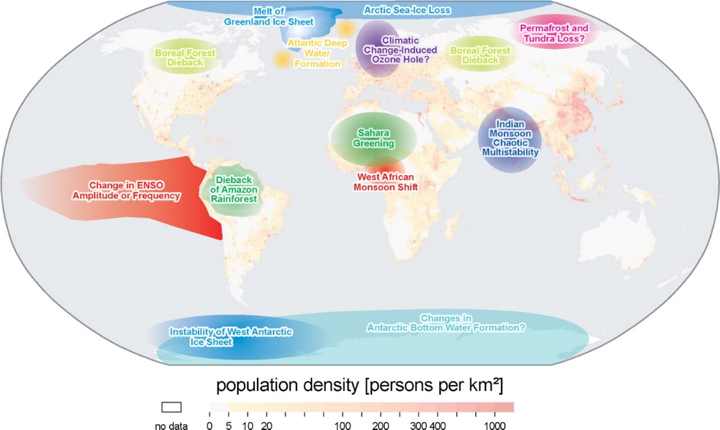Home / Nature & Environment / Climate Change / Climate Change: The Science / Are we reaching climate tipping points?

Reach your personal and professional goals
Unlock access to hundreds of expert online courses and degrees from top universities and educators to gain accredited qualifications and professional CV-building certificates.
Join over 18 million learners to launch, switch or build upon your career, all at your own pace, across a wide range of topic areas.


 4 different scenarios – the Representative Concentration Pathways. This shows the carbon emissions per year associated with each RCP, with the inset graph showing the corresponding atmospheric CO2 concentration (in parts per million) this correlates to over time. Reproduced with permission from
4 different scenarios – the Representative Concentration Pathways. This shows the carbon emissions per year associated with each RCP, with the inset graph showing the corresponding atmospheric CO2 concentration (in parts per million) this correlates to over time. Reproduced with permission from  Tipping points identified in the climate system by Professor Tim Lenton
Tipping points identified in the climate system by Professor Tim Lenton






